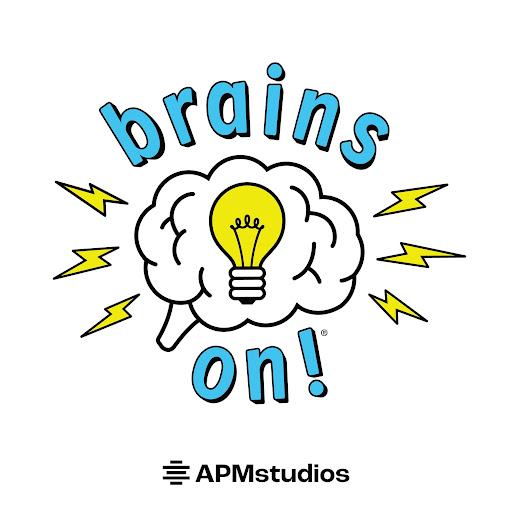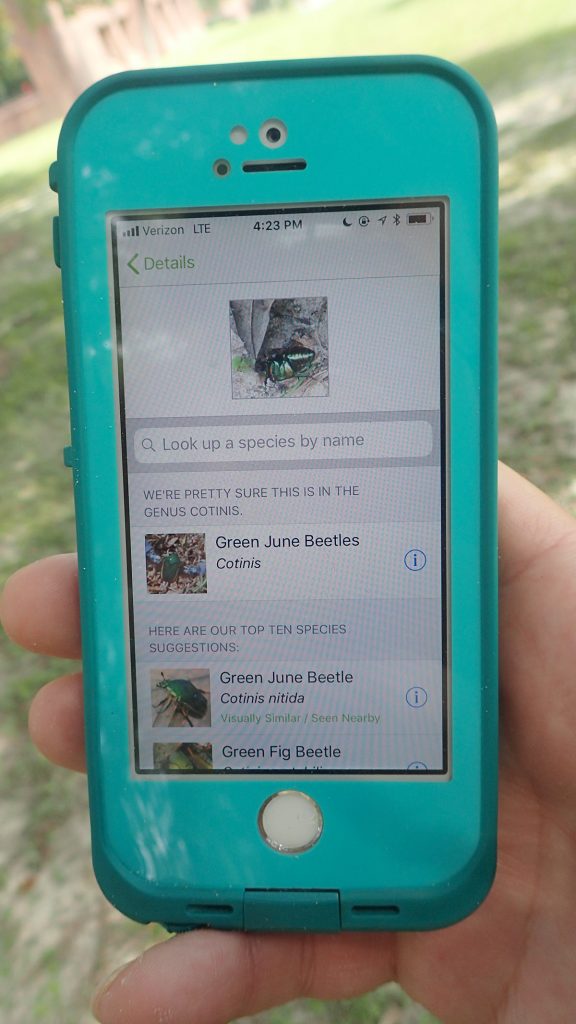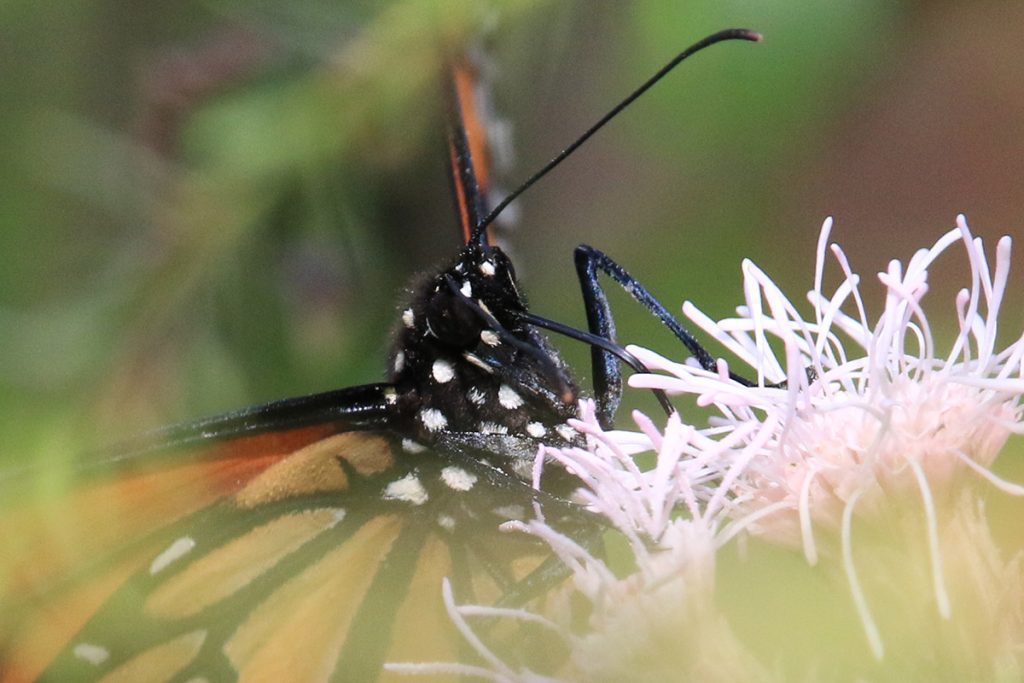Bees are our friends, and they need our help. Enjoy the following videos, podcasts, and activities from WFSU, PBS, and more. And keep an eye out for our wildflower seed giveaways in 2020 to make your yard a friendlier place for bees and other pollinators.
Bee Resources for Parents
Green It Up with Cyberchase
Hands on activities to inspire a deep appreciation of nature and build STEM skills. These include gardening activities you can do with your kids as you create your bee habitat.
Cat in the Hat: Honeybees!
Kids “collect pollen” and learn the difference between honeybees and bumblebees, nectar and pollen, and more.

Brains On podcasts
Brains On is a podcast produced by American Public Media. In 2020, they produced a two-part episode titled “The Buzz on Bees.”.
Bee Resources for Teachers
Bee related, standards aligned resources from PBS Learning Media. Includes lesson plans, classroom activities, and videos.
Nature Lab: Garden Activity Guide
In this guide from The Nature Conservancy’s Nature Lab, students learn how a garden mimics wild ecosystems. Utilizes videos on pollinators, soil, and water usage.
Let’s Share a Story: “The Thing about Bees”
Author Shabazz Larkin reads his book The Thing about Bees, about the importance of bees as pollinators. He talks about different species of bees, and about bee etiquette (how not to get stung).

Apps and Citizen Science mentioned in the Backyard Blog
iNaturalist
Identify plants, animals, lichens, and fungi in your yard. Other users correct your identifications if you’re wrong, and even if they don’t, it can be a good springboard to further research.
Seek by iNaturalist
Instant identification, and it doesn’t record your location. This is a good option for kids with phones.
Monarch Larva Monitoring Project
Enter information about monarch caterpillars in your yard, and help researchers get a sense of the health of the monarch population that year, and how and when they’re migrating.
Great Sunflower Project
Record the number of pollinators visiting your flowers, and help researchers map pollinator activity across the country.

Dig Deeper into Backyard Ecology
What can we do to invite butterflies, birds, and other wildlife into our yards? And what about the flora and fauna that makes its way into our yards; the weeds, insects, and other critters that create the home ecosystem? WFSU Ecology Blog takes a closer look.

